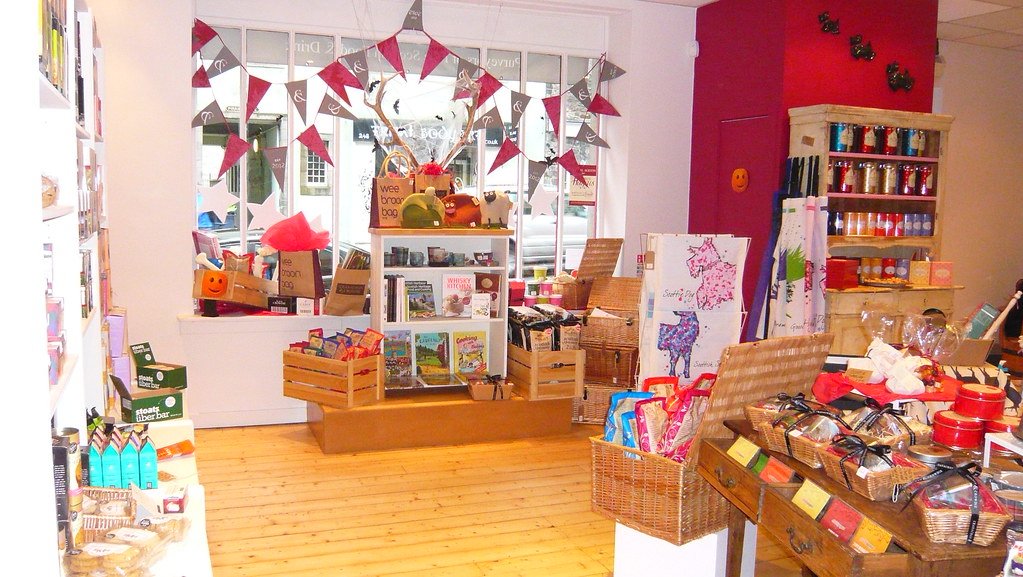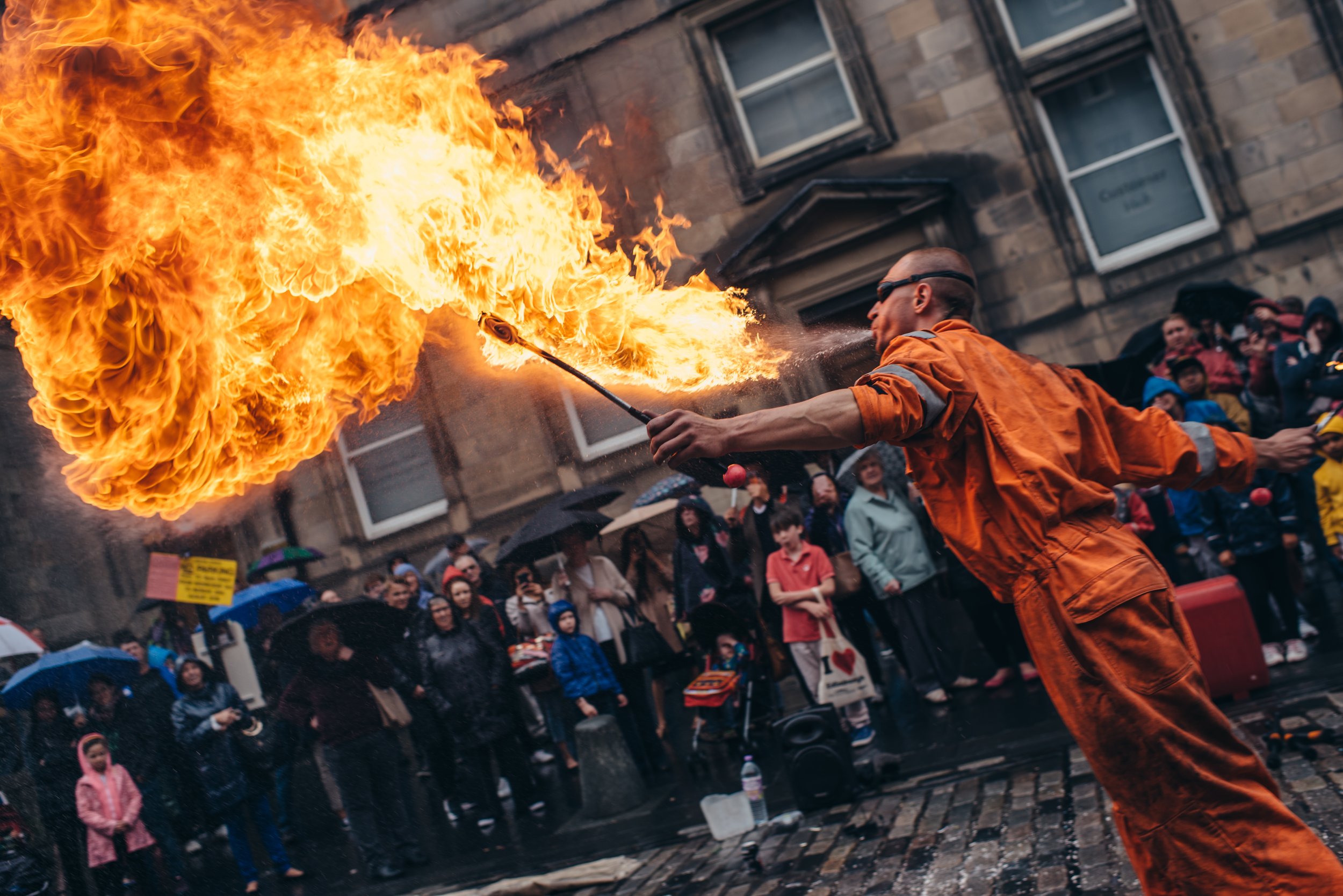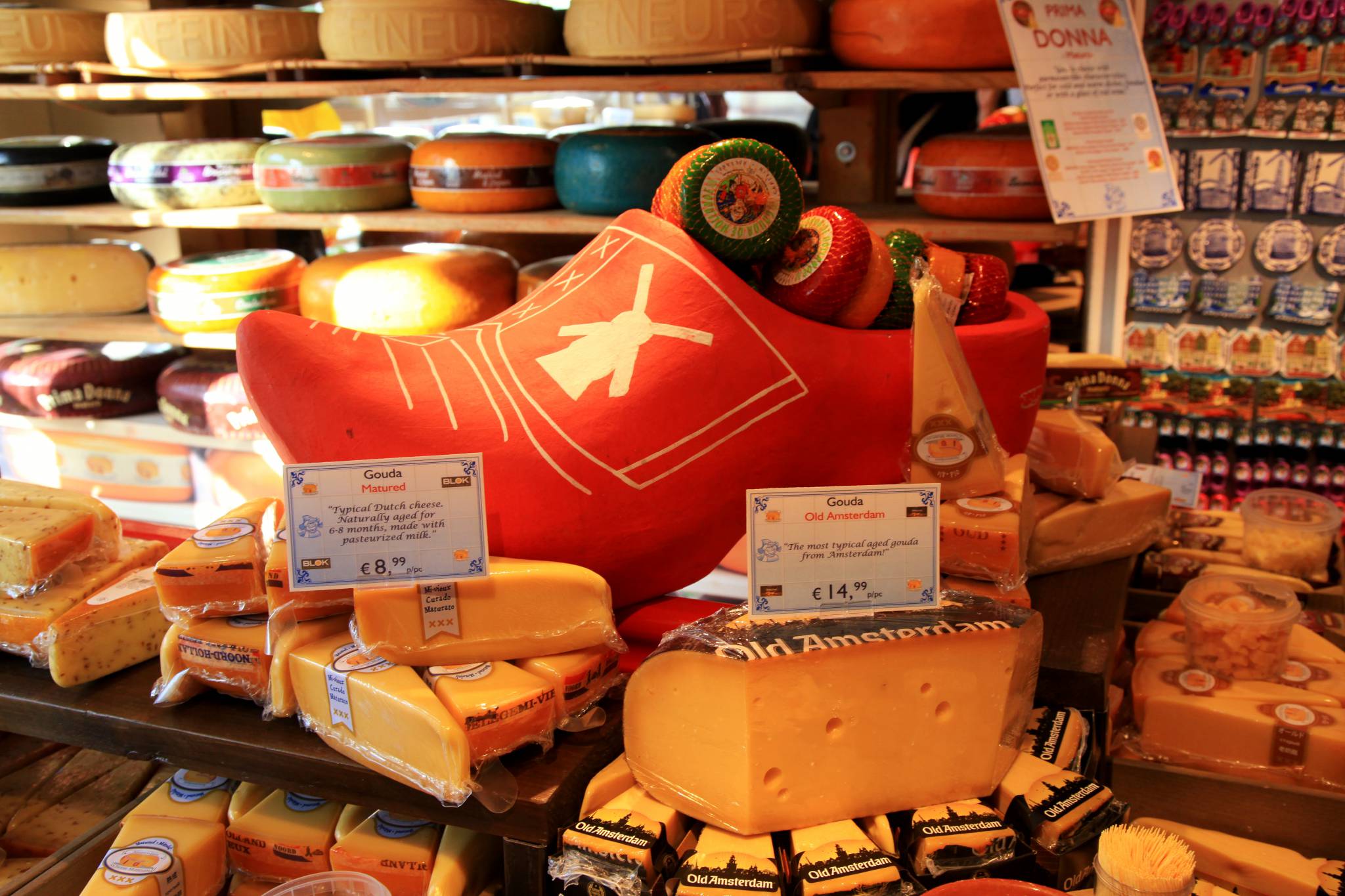But don’t mourn the Window too long. Nature carves, nature destroys, and in Malta, it’s always creating something even more astonishing around the corner. So if you’re coming to the islands looking for awe-inspiring natural wonders—fear not. There are still geological showstoppers and sun-dappled secrets waiting to drop your jaw and fill your camera roll.
Here’s your guide to Malta’s most iconic natural marvels—this time, still very much standing.
Ah, Malta. A sun-drenched rock in the Mediterranean that’s punched above its weight since time immemorial—hosting everyone from knightly crusaders to Game of Thrones location scouts. But for years, its unofficial mascot wasn’t human, nor built— it was the Azure Window, a colossal limestone arch on Gozo that strutted into postcards, Instagram feeds, and film reels alike. And then, in 2017, with a bit too much fanfare and a touch too little structural integrity, it collapsed into the sea.
1. Wied il-Mielaħ – Azure Window’s Sturdier Cousin
If you’re still sobbing into your sunhat over the loss of the Azure Window, Wied il-Mielaħ is here to rebound you. Found on Gozo’s less-touristed northwest coast, this limestone arch is like the Azure Window’s more rugged, camera-shy brother. It still soars over a frothing blue inlet—but you’re more likely to share it with a few grizzled fishermen than a drone-wielding tourist convoy. Pro tip: arrive around golden hour; the views are as spectacular as they are Insta-worthy.
2. Blue Grotto – Not Just Pretty, Practically Glowing
On the southern coast of Malta’s main island lies the Blue Grotto, a coastal cave complex where sunlight bounces through the water with such dazzling precision you’d think Zeus installed a disco ball down there. Best seen by boat (early morning is prime time), the interplay of light and depth turns the sea into an LED screen of navy, sapphire, and electric turquoise. Bonus: it’s seconds away from the fishing village of Wied iż-Żurrieq—home to some seriously fresh seafood.
3. Dingli Cliffs – Vertigo With a View
For those who like their natural wonders with a side of drama, the Dingli Cliffs deliver. Topping out at 253 meters (830 feet) above sea level, this is the highest point in Malta—and it shows. The walk along the edge (don’t worry, there’s a railing… sort of) gives you panoramic views across the Mediterranean and even to Filfla, an uninhabited islet favored only by nesting birds and military training exercises. Stick around for sunset when the sky turns sherbet-orange and the sea glitters like it remembers it once belonged to Phoenician kings.
4. Inland Sea and The Blue Hole – Malta’s Underwater Time Machines
If you’re packing fins and goggles, Gozo is basically geological Disneyland. Dwejra’s Inland Sea—connected to the open Med via a tunnel through solid rock—is calm, surreal, and perfectly weird for snorkeling. Just next to it is the Blue Hole, a vertical marine chimney and one of Europe’s top dive sites. Drop by and you’ll find yourself swimming through underwater arches, vibrant corals, and maybe even a grumpy octopus with territorial issues.
5. Għar Ħasan Cave – Pirate Myths and Stalagmites
Legend has it that a 12th century corsair used this cave as a hideout and possibly a romantic getaway (the woman he kidnapped might tell it differently). What’s indisputable is that Għar Ħasan Cave is one of the most dramatic sea caves in Malta. Perched high above the sea in the cliffs near Birżebbuġa, it plunges nearly 100 meters deep and was once believed to connect to the underworld. Myth or not, it’s pure rugged beauty.
6. Comino’s Crystal Lagoon – Less Blue Lagoon, More Floating Fantasy
Let’s talk about the Blue Lagoon’s overlooked sibling. While travelers swarm the famed Blue Lagoon of Comino like seagulls on a pastizzi, savvy explorers drift a bit west to the Crystal Lagoon. Picture a flat sea so tranquil and translucent it looks Photoshopped. Sheltered by cliffs and only reachable by boat, it’s ideal for snorkelers, swimmers, and introverts who enjoy blissful isolation with a view.
7. Coral Lagoon – The Hole in the Ground You’ll Thank Gravity For
Just north of Mellieħa, the Coral Lagoon is a sinkhole where Malta’s limestone terrain has literally given way to a stunning, hidden pool of aquamarine water. From the top, it looks like Earth blinked. From the bottom (which you access by kayak, bravado, or a not-so-legal cliff dive) it feels like you’ve tunneled into another dimension. It’s geological magic, no wand required.
Savor More Than Scenery – Malta’s Culinary Side Quest
If you’ve worked up an appetite hopping between cliffs, caves, and lagoons, you’re in the right place. Malta’s cuisine is a reflection of its plate-spinning Mediterranean identity. Think rabbit stew (Stuffat tal-Fenek), ftira (a flattened bread sandwich that’s better than anything your local deli sells), and pastizzi—those flaky, ricotta-stuffed pastries locals eat like popcorn.
In the village of Marsaxlokk (a delight to say, harder to spell), time your visit with the Sunday fish market and enjoy a plate of freshly grilled lampuki, Malta’s beloved dorado fish. Or find a waterside nook in Xlendi and dine on octopus that was swimming hours ago.
Planning Your Visit
You can learn more and plan your visit through the official Visit Malta website: https://www.visitmalta.com
Pack sunscreen, water shoes, and a healthy appetite for carbs and legends.
FAQs: Malta’s Natural Wonders
Can you swim in Malta’s Inland Sea?
Yes, the Inland Sea at Dwejra is a great spot for snorkeling and relaxed swimming. It’s connected to the open sea by a short natural tunnel that’s also boat-accessible.
When is the best time to visit Malta’s natural landmarks?
Spring (April–June) and autumn (September–November) are ideal. Warm weather, fewer crowds, and calmer seas make it easier to explore both land and underwater wonders.
What are some lesser-known natural spots in Malta?
Coral Lagoon, Għar Ħasan Cave, and Crystal Lagoon on Comino are underrated gems offering solitude, scenic beauty, and some brag-worthy travel photos.
Where was the Azure Window located?
The Azure Window was located in Dwejra, on the western coast of the island of Gozo, Malta. Though it collapsed in 2017, its legacy lives on through nearby natural wonders like the Inland Sea and Blue Hole.
What natural arch in Malta can I visit instead of the Azure Window?
Wied il-Mielaħ on Gozo is a stunning natural arch often compared to the Azure Window. It remains standing and offers picturesque views and fewer crowds.
Is the Blue Grotto worth visiting?
Absolutely. The Blue Grotto is one of Malta’s top attractions, renowned for its glowing blue waters and sea caves. Morning boat tours offer the best lighting for photographs.
So, is Malta still worth visiting without the Azure Window?
In a word? Absolutely. The Azure Window may be gone, but Malta’s wild heart and coastal brilliance endure—in arches, lagoons, and sea-carved fantasylands you'll be talking about long after the tan fades.
Now go—wander, wade, and wonder.
For more on travel to Malta and Gozo, visit the official tourism board at: https://www.visitmalta.com




































































































































































































































































